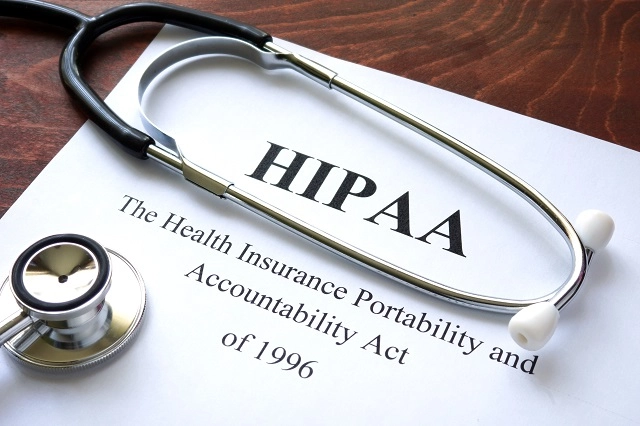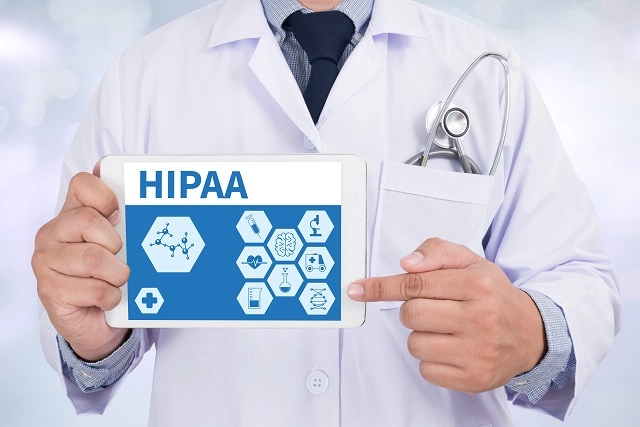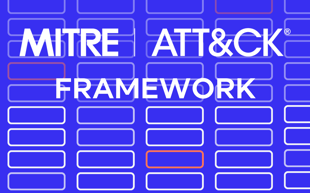Next named exclusive Trail Blazer in NEW 2024 Radicati DLP Market Quadrant Report
Read the Report
If your organization operates in the U.S. healthcare system, it is considered a covered entity and must follow the Health Insurance Portability and Accountability Act (HIPAA) regulations. HIPAA was introduced to ensure the privacy and security of patients’ protected health information (PHI), which is referred to as electronic protected health information (ePHI) when it is processed by IT systems.
Failure to effectively protect PHI by not following HIPAA regulations can result in substantial financial penalties and long-term reputational damage. Data breaches involving PHI puts patients’ sensitive data at risk. This information can be used to perpetrate identity theft and fraud on these innocent individuals.
Achieving and maintaining HIPAA compliance is not a trivial task. Companies approaching compliance from a standing start have to take a methodical approach to successfully attain compliance. This article outlines how to become HIPAA compliant in 10 steps.
 |
HIPAA legislation, established in 1996, sets national standards for protecting patient information and outlines the roles of healthcare professionals and entities.
The legislation defines protected health information as any demographic information that can be used to identify a patient, including:
Initially, HIPAA was introduced to protect individual coverage when people switched jobs, but it has since expanded to safeguard sensitive health information in the digital age. HIPAA has several objectives, such as protecting health insurance coverage, establishing standards for electronic healthcare transactions, securing patient data confidentiality, and reducing healthcare fraud and abuse.
To ensure compliance with HIPAA regulations, healthcare professionals and other covered entities must adhere to several rules:
An additional rule, the HIPAA Enforcement Rule, established in 2006, grants the Department of Health and Human Services (HHS) the authority to enforce the Privacy and Security Rules outlined in HIPAA. This rule empowers the HHS Office for Civil Rights (OCR) to conduct investigations into HIPAA complaints and violations, as well as impose civil penalties.
The goal of the HIPAA Enforcement Rule is to encourage organizations to take HIPAA compliance seriously by imposing steeper fines and the threat of criminal charges for willful neglect, deliberate misuse, or theft of patient information.
 |
Various organizations, including healthcare providers, insurers, pharmacies, and research institutions, are required to comply with HIPAA regulations. This includes hospitals, clinics, doctors, and health plans. These organizations are classified as covered entities or business associates:
Compliance with HIPAA regulations is legally required for covered entities and business associates.
 |
The first step toward compliance is obtaining a complete understanding of the current HIPAA requirements. This means becoming familiar with the HIPAA Security Rule, Privacy Rule, and Breach Notification Rule.
Organizations need to thoroughly understand their responsibilities in protecting PHI. Specific information regarding the administrative, physical, and technical safeguards outlined in the Security Rule.
An annual risk assessment is a HIPAA requirement and should be the next step when seeking compliance. Vulnerabilities and risks identified during the assessment need to be addressed to minimize any threats to PHI.
The outcome of the risk assessment including all remediation activities should be fully documented so it can be used as evidence in a HIPAA audit.
Policies and procedures designed to protect PHI should be developed based on the results of the previous risk assessment. New procedures may be built on top of existing policies but must incorporate the additional responsibility of safeguarding PHI.
Specific policies affected by HIPAA that will need to be created or modified include:
The HIPAA Security Rule defines three categories of safeguards that are required to be implemented for compliance. Companies need to ensure that all of the following safeguards are in place and functioning efficiently.
Employees should have training available to educate them on their responsibilities in protecting PHI. The training needs to be documented as it may be needed as evidence in a HIPAA compliance audit.
Education should be an annual exercise to emphasize the importance of complying with HIPAA regulations.
 |
Companies that work with third-party vendors to process PHI need to enter into business associate agreements (BAAs) that define their responsibility in maintaining HIPAA compliance. Failure to have BAAs in place can result in violations and penalties on the covered entity if a vendor is responsible for a data breach.
Measures need to be in place to continuously monitor and audit compliance. Detected issues should be addressed immediately to protect PHI security. Logs should be retained as potential evidence in an investigation or audit following a data breach.
Organizations are required to promptly respond to security incidents related to regulated data. This includes addressing the requirements of the Breach Notification Rule if PHI is accidentally or maliciously disclosed. IT teams need to quickly mitigate security incidents to protect PHI.
The organization’s HIPAA security officer is responsible for understanding and assimilating any regulatory updates into existing policies and procedures. Changes need to be incorporated into training materials and disseminated to all employees involved with processing PHI.
All documentation related to HIPAA regulatory activities needs to be retained and made available to members of the organization and auditors. This includes monitoring logs, training records, risk assessments, disaster recovery plans, and incident response reports.
 |
Data loss prevention platforms like the Reveal Platform by Next can play an important role in maintaining HIPAA compliance. Reveal automatically enforces an organization’s data handling policy to address access control safeguards related to the use of HIPAA-regulated data. The platform restricts attempts to access or or use PHI in unauthorized ways, improving an organization's ability to protect PHI.
The tool provides user training at the point of risk to underscore the importance of handling PHI correctly. Its advanced next-gen agents use machine learning to identify anomalous behavior that may indicate a threat to sensitive data resources, making it a powerful tool for any organization striving to maintain HIPAA compliance.
Talk to us today and schedule a demo to see Reveal in action.
HIPAA documentation should be stored in a compressive repository that makes it easy to obtain specific items when needed to implement policies or address audit requests.
Ideally, storing the information in a secure cloud application facilitates making it available to authorized parties in any location. Documents should be reviewed regularly and updated to reflect changes in regulations or the IT environment.
Companies need to enter into a business associate agreement when they use a third party to process PHI. The agreement typically outlines the extent to which the vendor can access PHI and its specific responsibilities in processing and protecting the information.
HIPAA guidelines require a business associate agreement, and the lack of one is considered a regulatory violation.
Appropriate physical safeguards employ a variety of techniques to address physically protecting PHI including:
Implementing policies that manage the use of PHI on mobile devices

Blog

Blog

Blog

Blog

Resources

Resources

Resources

Resources

